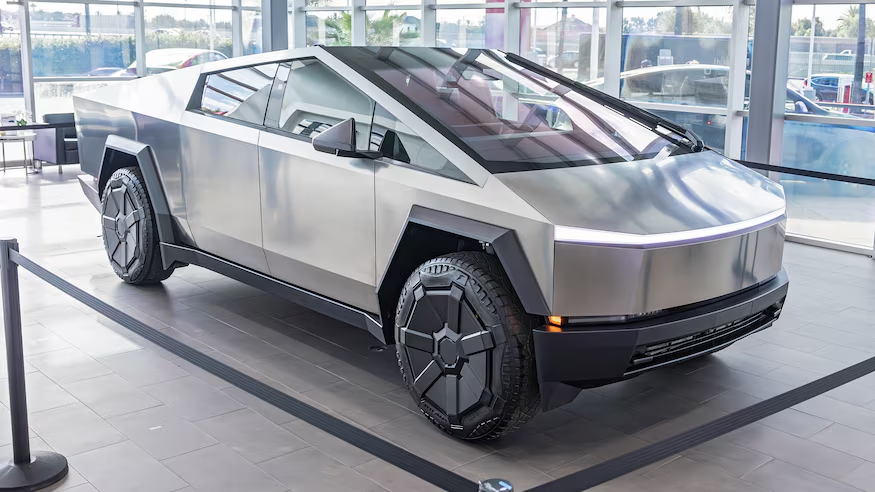From May 2021 to May 2022, the prices of used cars at auction rose more than 12% according to the Manheim Used Vehicle Value Index. The blistering-hot pre-owned market has caused the selling prices to stabilize near the average all-time high of $28,365. Dealers have been making incredible profits off the used cars they buy despite purchasing them for significantly more than they would have even a year ago.
However, the economy isn’t healthy. Inflation is more than triple the target rate of 2% and the Fed is increasing the benchmark interest rate quickly, attempting to cool rising prices by quelling consumer demand. For the used car market, that translates into uncertainty about the profit margin should demand begin to wane.
If dealers are buying inventory at the top-end of wholesale prices and the floor drops out, it could mean holding the bag on razor-thin margins combined with financing charges for inventory that isn’t moving. It’s a worst-case scenario, but one that dealers should be aware of. How can you avoid overpaying for inventory in the face of an economic downturn and potential recession?
Chip shortage could be ending
According to Foxconn, the global chip shortage could be alleviated to some degree as soon as the H2 2022. As lockdowns in Asian countries are lessening, chip production is beginning to gain ground for all industries including the automotive industry. Returning to a fuller flow of new cars into the market will serve to satiate the appetite by consumers, drawing back some of the shoppers who opted for pre-owned in light of the shortage.
Regaining new car inventory will soften the used car market, though to what extent is unknown.
Build uncertainty into trade-in prices
There was a time not long ago that dealers would need to put every penny into a trade to make a deal happen. That’s not so anymore. With much of the industry still locked in on selling every unit that hits the lot in around 10 days or less, it offers the opportunity for buying trades at a slightly lower price, giving dealers the leeway for a potentially softer used car market on the horizon.
When negotiating a deal that includes a trade-in, used car managers can price their valuations lower with the goal of not paying top dollar for inventory they could be sitting on or lose money on. Consumers are aware of the economy’s issues and mentioning the uncertainty in the negotiation will not be dissonant.
Consider a conservative approach to wholesale purchasing and used car stock
Many dealers have already restructured operations to pare down on used car purchasing after a months-long plateau near all-time highs. Aaron Zeigler of Zeigler Auto Group mentions their used car inventory has slowly pulled back in number. Should the economy head into a recession or pull back on pricing in pre-owned, it’s a wise strategy to take.
Purchasing wholesale inventory at auction has recently been about getting as much used car inventory as possible. Instead, consider purchasing high-demand vehicles for your community that have proven profit margins, especially those that cater to fuel-conscious drivers who face ever-rising prices at the gas pumps.
An uncertain economy isn’t likely to disrupt the auto industry in the US to any great extent. However, dealers should stay aware of trends and plan accordingly to avoid getting trapped with underperforming inventory.
Did you enjoy this article from Jason Unrau? Read other articles on CBT News here. Please share your thoughts, comments, or questions regarding this topic by submitting a letter to the editor here, or connect with us at newsroom@cbtnews.com.
Be sure to follow us on Facebook and Twitter to stay up to date or catch up on all of our podcasts on demand.
While you’re here, don’t forget to subscribe to our email newsletter for all the latest auto industry news from CBT News.










